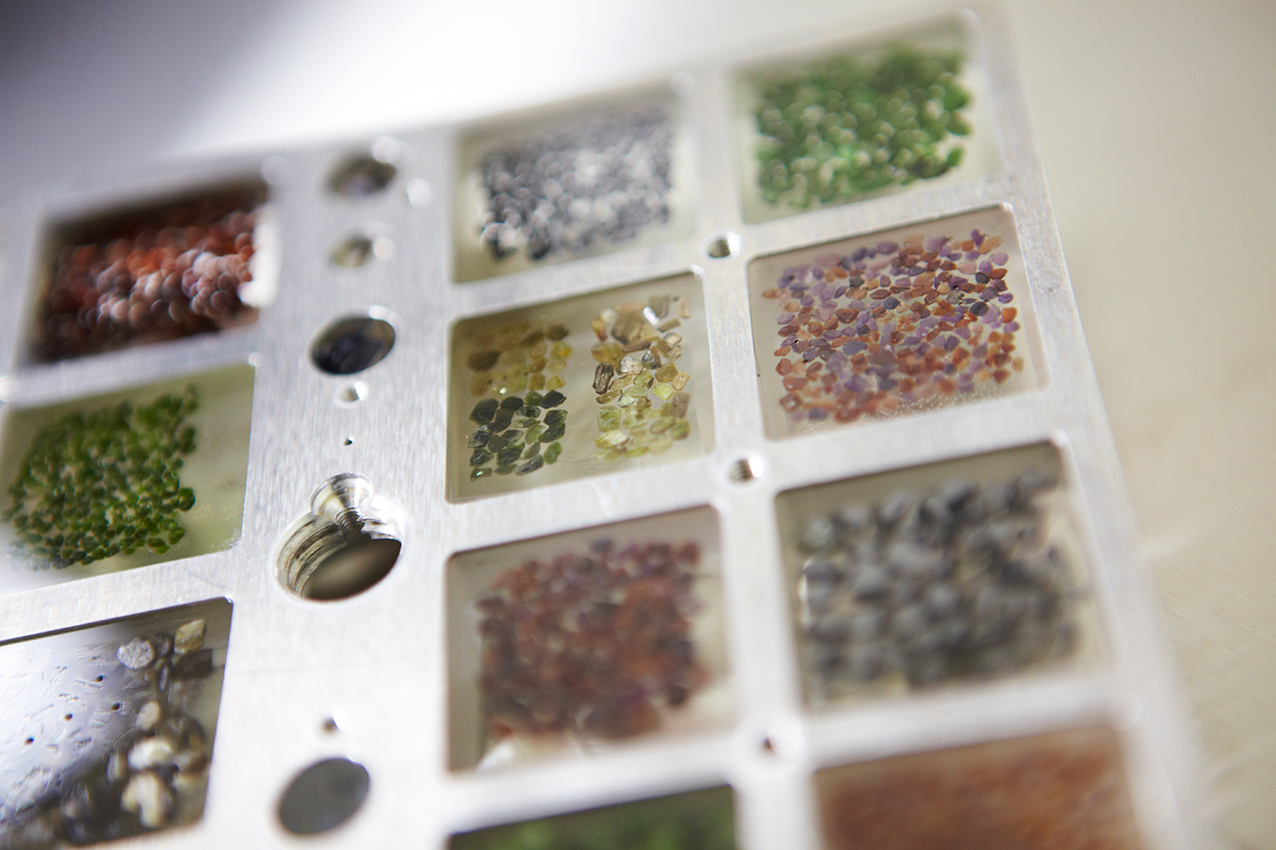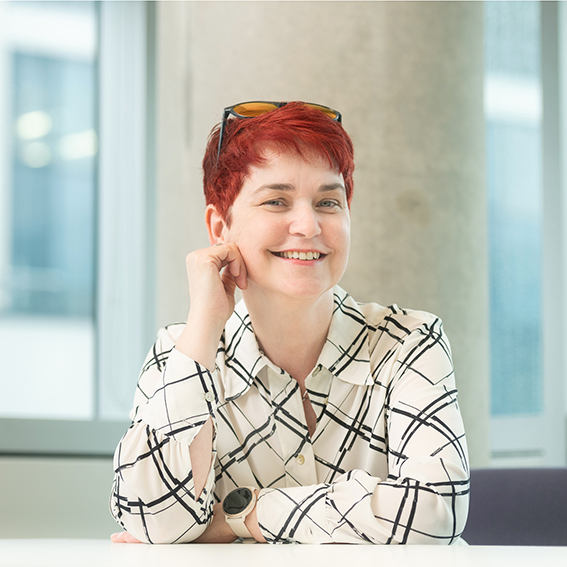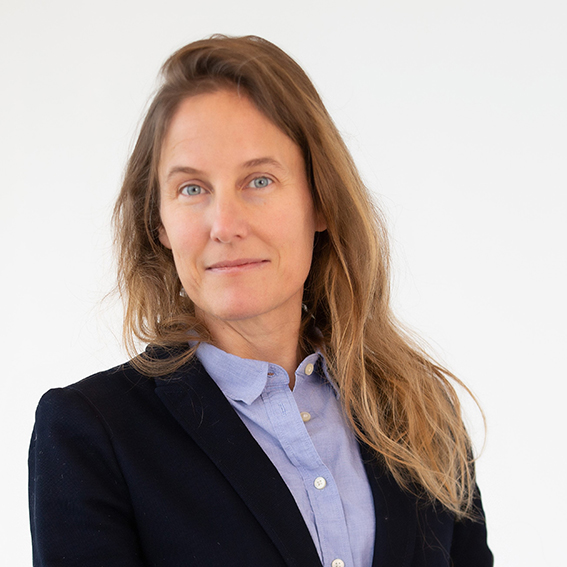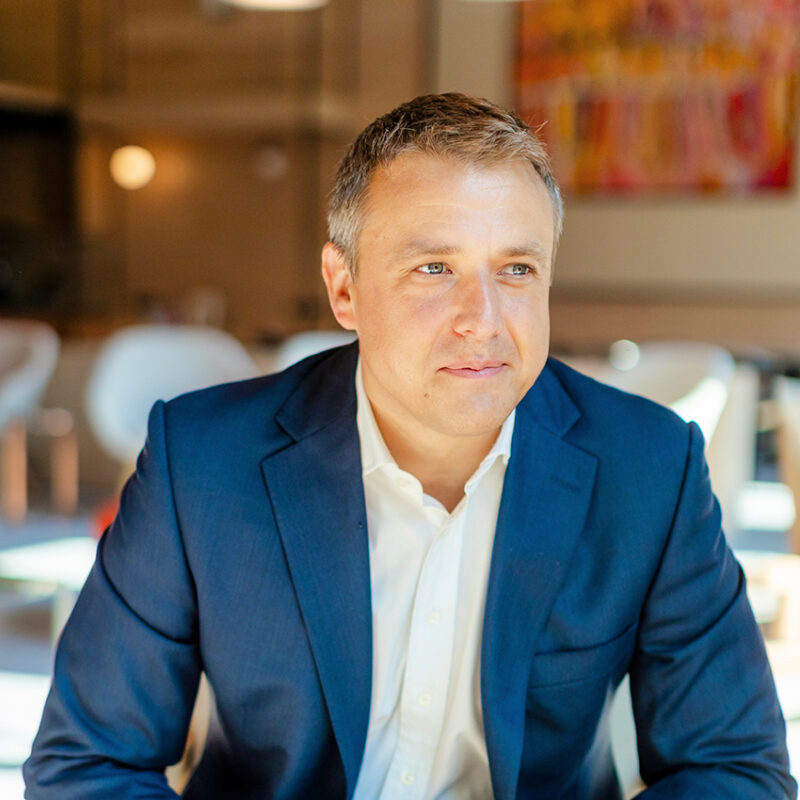Our global research partnership is rethinking how we discover, extract and deploy the materials driving the energy transition.
We’re entering a materials revolution — but not the kind you might expect.
This one is quieter, more deliberate. It’s happening in research labs, across continents, in conversations between geologists and policymakers, mining engineers and Indigenous leaders, metallurgists and ecologists. And its purpose is as radical as it is overdue: to fundamentally rethink how we discover, use and sustain the materials that shape the global transition to cleaner energy.
What we all agree on is that we need materials. And a lot of them. From the smartphone in our pocket to the solar panels powering entire communities, everything begins with materials. Yet as we accelerate towards a low-carbon society, the demand is rising fast — and so are the ethical, social and environmental questions around how we source them.
“We haven’t got 20 years to fix this, so you need to think early on about what are the disruptive ways and what are the pathways so that we can overcome some of those obstacles that traditionally you would see.”
Prof Mary Ryan
Vice Provost for Research and Enterprise, Imperial College London
Answers that the Rio Tinto Centre for Future Materials are looking for.
The centre is delivered by Rio Tinto—one of the world’s largest mining companies with operations spanning six continents—and Imperial College London, a global top-ten university at the forefront of climate and engineering research. The Centre brings together an ambitious coalition of academic and industry partners with four other globally recognised institutions: the University of British Columbia, the University of California, Berkeley, the University of the Witwatersrand in Johannesburg, and the Australian National University in Canberra. Together, this partnership forms a new kind of research alliance—one that fuses deep technical expertise with on-the-ground insight to drive a more sustainable, equitable approach to the materials we all depend on.
It’s a bold response to a centuries-old problem: how do we extract value from the Earth without compromising the future of the planet?
The answer, it turns out, lies not just in better mining practices, but in radical, blue-sky thinking — the kind that questions everything, even the definition of a “material.”
“We need bold partnerships bringing together the best of industry with the best of academia. And when you bring those together, that’s when you get breakthrough technologies.”
Dan Walker
Chief Innovation Officer, Rio Tinto
Here, researchers are developing entirely new categories of materials designed to be longer-lasting, lower-impact, and easier to recycle. Others are exploring natural processes to gently extract what we need from the Earth, bypassing traditional excavation altogether. Some are reimagining mining sites as future ecosystems. Others are working with communities on the frontlines to ensure cultural knowledge shapes environmental decisions.
None of this is incremental. It’s not about doing less harm — it’s about designing entirely new systems where science, sustainability, and social responsibility aren’t in tension, but in harmony.
At the heart of the Centre’s ethos is a belief in collaboration over competition. This is not a place for siloed thinking. It’s a living network where physicists work alongside philosophers, and where the next generation of researchers is given the space — and support — to explore wild, world-changing ideas.
“What excites me the most is when we find that sweet spot where we can combine expertise from industry and academia to solve a very difficult problem together.”
Marie-Pierre
Head of Science and Partnerships, Rio Tinto
The Centre’s research reaches far beyond mining. It focuses on materials in the broadest sense—the systems, processes and decisions that underpin the energy transition. Rethinking how we discover, design and reuse materials means rethinking the foundations of modern industry and infrastructure.
The Centre is built around four key objectives:
- Global thought leadership.
Setting the agenda through developing a holistic approach to sustainability linking material science and technology to policy, economics, regulation, design and social sciences. - Underpinning research.
Ground-breaking discoveries around co-created thematic research programmes, delivered by diverse and inter-disciplinary teams. - Innovation for Sustainability
Developing pathways for translating science and technology to real world impacts. - Developing the next generation of leaders
Nurturing a diversity of thought through skills development, training through the research programs, and networking (e.g. exchange of Early Career Researchers).
Let’s reimagine the future of materials—together.
The energy transition isn’t just a technical challenge. It’s a global conversation—one that demands collaboration across sectors, disciplines and borders. The Rio Tinto Centre for Future Materials is a hub for new thinking, new relationships and new ways of working.
Whether you’re a researcher, policymaker, material industry disrupter or community leader, we want to hear from you. Let’s connect, share ideas and explore how we can build a just, sustainable materials future—together.



